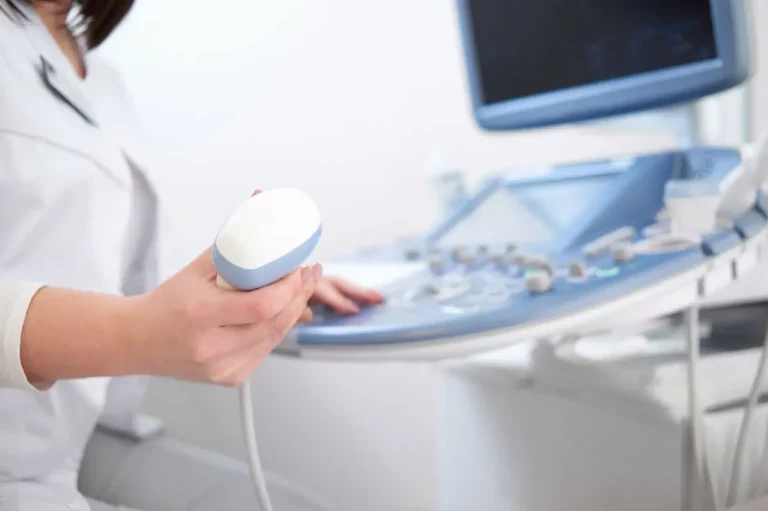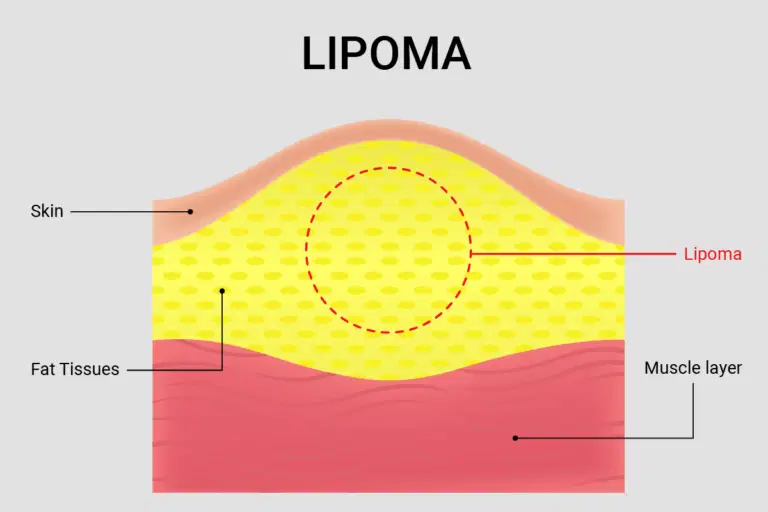There are many causes of lumps
Lumps under the skin are common. Commonly they appear for no known reason and can occur anywhere on the body.
They can be due to trauma, especially if you recently had an injury or are an athlete or have a physically active job or hobby. Some lumps are caused by infections or an accumulation of fluid in the tissue called a cyst or abscess. Common types of cysts presenting as lumps include synovial cysts, ganglion cysts or Baker’s cysts which can form behind the knee.
Lumps are commonly benign tumours, meaning that they are caused by cell growths in the fat or skin but are not cancerous. It may also be a lump made from bone or cartilage (a bony spur) which can occur in some conditions such as osteoarthritis. Lymph nodes can “swell” when you have an infection which could feel like a lump and these are commonly found under the armpit, neck and groin.
Consider symptoms you may have
Check over the area and look for any skin changes such as discolouration, redness, swelling, or lesions. Feel the lump and guess the depth (is it deep or superficial?) and see if you can move it around or if it is fixed in place. Is the lump soft, hard, smooth, or irregular? If the lump has changed in size or gotten bigger, was this change sudden or gradual and over what time frame? Lastly, is it painful, sore or tender?
What to do next?
You should seek medical advice for a lump or swelling in the soft tissue of the body under the skin, often on the arm, leg or trunk which is:
- increasing in size
- is larger than 5cm
- usually painful, but not always
If any of the symptoms are concerning, a clinical assessment and investigations should be performed as possible to ensure it is treated in a timely manner.
What diagnostic tests can I expect?
You will be asked questions about the development of the lump and if possible, your lump may be examined. You may have a scan such as an ultrasound or an x-ray. In a few cases, a biopsy (a small sample of tissue removed with a scalpel) will be necessary for diagnosis.
What treatment may be required?
This will greatly depend on the cause of your lump. In in most cases no treatment or surgery is required. However symptomatic lumps or lumps of concern particularly increasing in size, can be excised under local or general anaesthetic and this can be discussed with your clinician in clinic.
What to do next?
If you have a lump of concern and wish to book in to see a consultant please contact the clinic team or book directly into clinic here at a venue that suits you.
Please bring any GP referral and scan results with you but this is not essential.
We also have a rapid diagnosis clinic available for self paying patients wanting to have a consultation and scan on the same visit and discussion of results.
Please note this is a private clinic for insured and self-paying patients.







